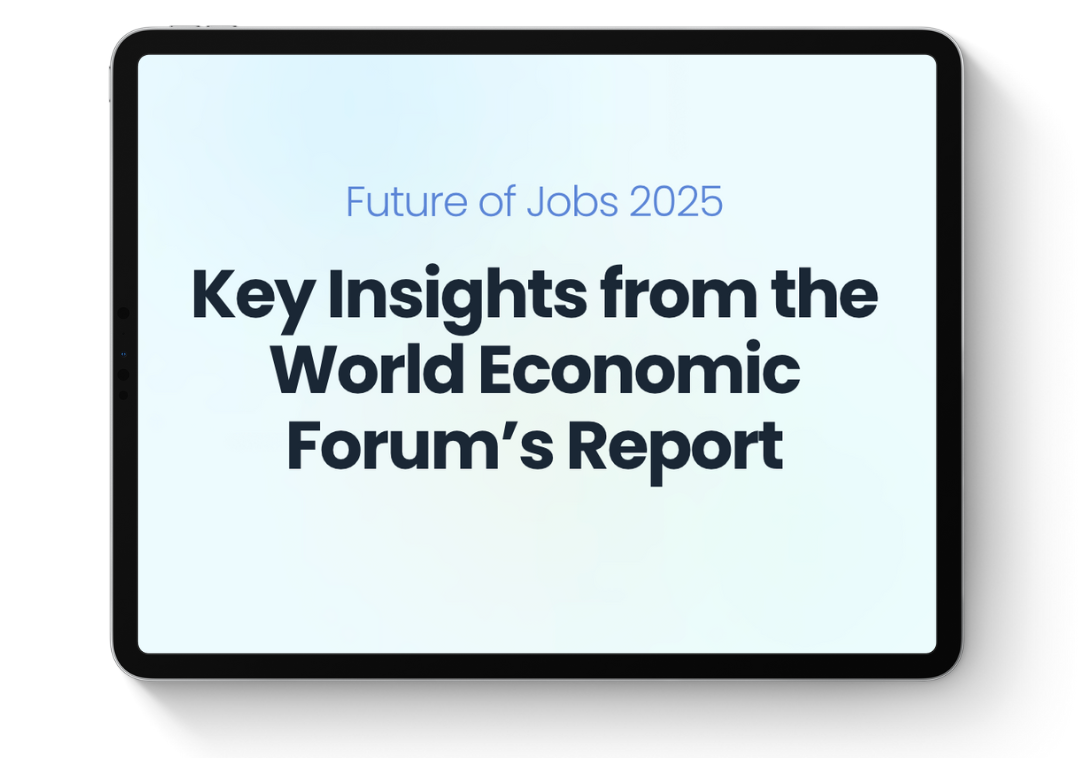Ready for 2026? Discover how rolling forecasts and scenario planning can help you master budget and workforce decisions – even in uncertain times.
In a fast-moving and unpredictable business landscape, budgeting is more challenging than ever – especially when it comes to freelance costs. Fluctuating availability, variable rates, and sudden project shifts can throw off even the most carefully planned budgets.
But with the right budgeting and forecasting strategies, you can stay flexible and in control.
Why freelancers are both a blessing – and a budgeting risk
Freelancers give you unmatched flexibility: you can scale your team based on project needs, access specific skills quickly, and avoid long-term overhead. But:
-
Top freelancers may not always be available.
-
Hourly and daily rates vary widely depending on experience.
-
Projects evolve – sometimes growing or shrinking overnight.
To manage this, you need a solid, data-driven approach.
Budgeting Basics: How to build a reliable cost strategy
Needs analysis
What projects are coming up? What roles and skills are needed? For how long? A detailed scoping exercise is key to setting realistic budgets.
Market research
What are typical hourly or day rates in your market? Platforms like WorkGenius give you transparent benchmarks and access to verified talent – including pricing by seniority and skill.
Clear contracts
Define fixed prices for well-scoped work. Consider milestone-based payments to spread financial risk.
Forecasting in volatile times: Stay dynamic
Forget the static annual budget. Instead, switch to an agile planning model:
-
Rolling forecasts: Update your projections monthly or quarterly. This keeps your budget aligned with real-world developments.
-
Scenario planning: Build Best, Base, and Worst Case models. What if your project is delayed? Or if a large deal suddenly comes in?
-
Define KPIs: Track cost per project vs. budget, delivery times, and quality metrics.
-
Use tech: Tools like WorkGenius provide not just access to talent, but built-in cost tracking and reporting dashboards.
Risk buffers: Always build in margin
Even the best plan won’t anticipate every twist. Add a contingency budget (10–20%) to absorb unexpected overruns or shifts in scope.
Conclusion
Freelancer cost planning in volatile markets requires clarity, agility, and the right tech stack. With a thoughtful budget and forecasting setup, you can stay ahead – and make the most of your freelance workforce.














































